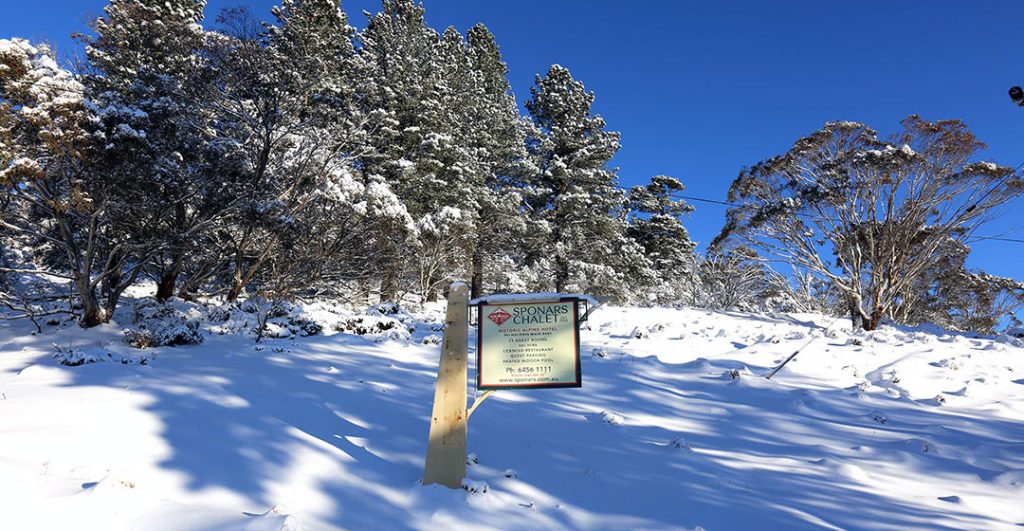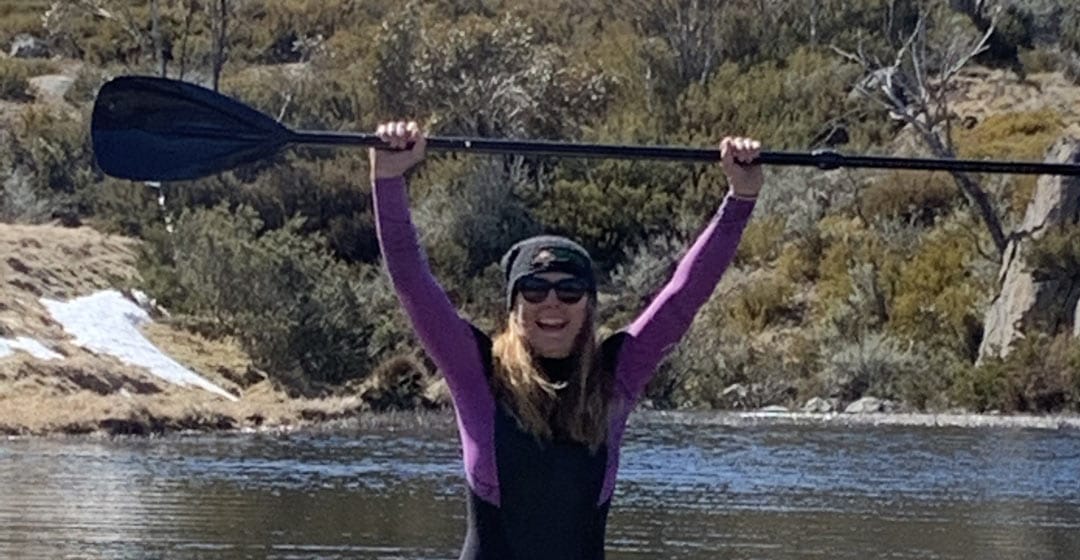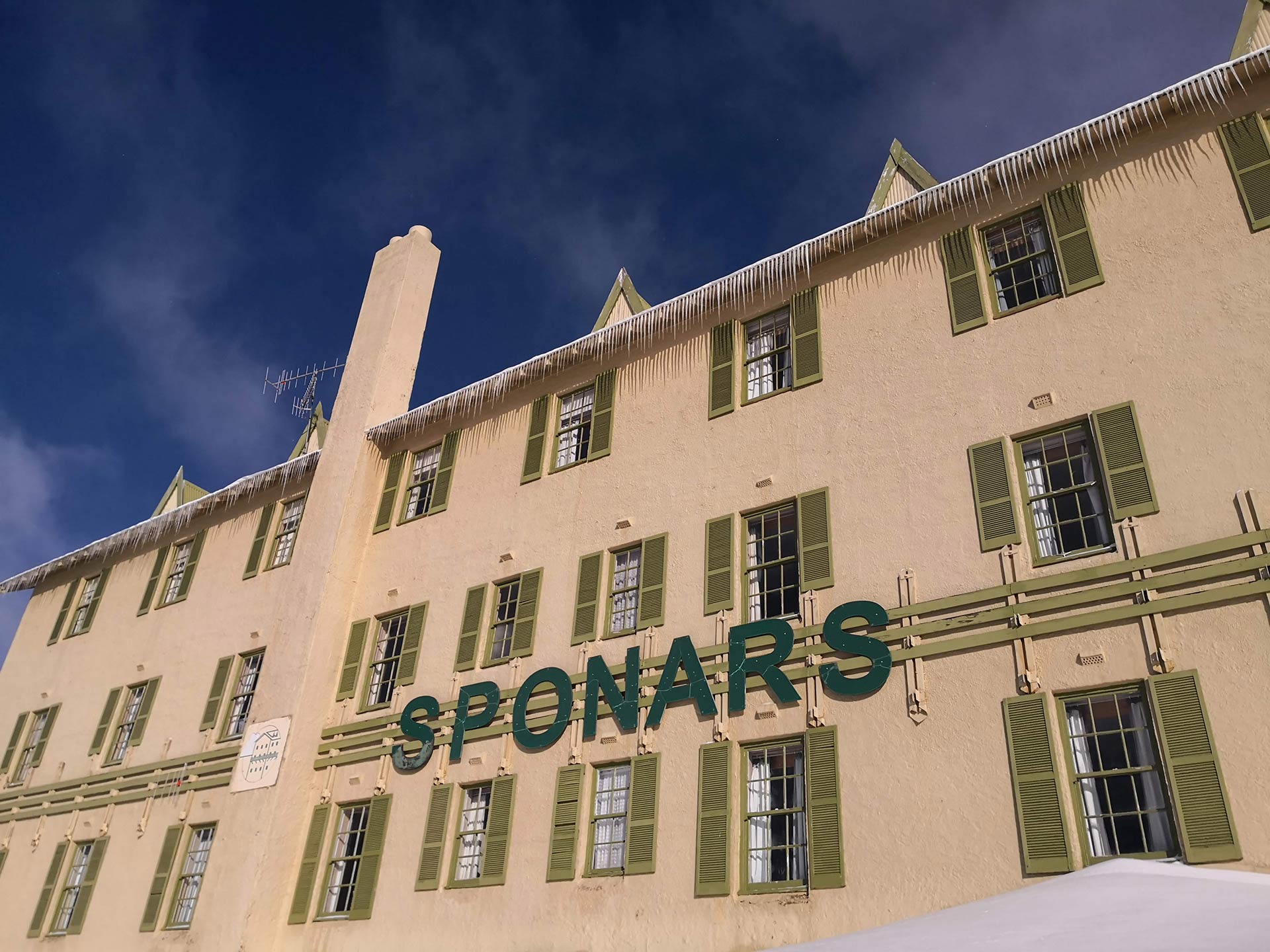Environmental Care Policy
Introduction
Sponars Chalet is an 116 bed ski lodge operating at Diggers Creek in the Kosciuszko National Park.
At the time of preparing the PIRMP Sponars is only open during the ski season, approximately 12 weeks each year. Outside of the period, from 20 June to mid September, the lodge is closed with all plant shut down and decommissioned. There are no people in residence and no visitors. The only activity at the premises during the summer months is routine maintenance and, as the ski season approaches, preparation for re-opening.
During the ski season Sponars operates a Sewage Treatment Plant (STP ) for which it has a license # 3113.
Issues of particular concern to Sponars arise from the location, within a National Park and at 1500 meters altitude. It is a unique and beautiful area in which the leaseholders are privileged to operate the business. The responsibility to cause no harm to the local flora, fauna and river systems is held by the leaseholder, rather than the landlord (NPWS), who are responsible for water supply, waste removal and waste water treatment and all related infrastructure.
The infrastructure originated with the original hotel built and opened on the site in 1909. It has been updated periodically since with major changes made after the 1951 fire through to the 70’s and the current STP batch processing system which was originally installed in the mid 80’s. There have been several reviews and upgrades since then. The PIRMP has been prepared to identify current and future environmental risks associated with the above mentioned infrastructure and to detail preventative measures which are in place and to identify further measures which could be put in place and to list the emergency response processes and notification requirements.
Scope
The PIRMP provides an easily interpreted reference document that ensures that pollution incidents can be managed and responded to in an appropriate manner. The PRIMP also details the preemptive actions that have been implemented, which include:
- Specific measures implemented to minimise the risk of an incident occurring due to spillage
- Inventory of potential pollutants on site
- Minimum safety equipment requirements
- Communications with the community
- Minimising harm to persons
- Training of personnel
- Testing of the PIRMP
Definition of a pollution incident:
An incident or set of circumstances during or as a consequence of which there is likely to be a leak, spill or other escape or deposit of a substance, as a result of which pollution has occurred, is occurring or is likely to occur. It includes an incident or set of circumstances in which a substance has been placed or disposed of on premises, but does not include an incident or set of circumstances involving only the emission of any noise.
A pollution incident is required to be notified if there is a risk of material harm to the environment as defined in the POEO Act as
A)
- It involves actual or potential harm to the health or safety of human beings or to ecosystems that is not trivial or
- It results in actual or potential loss of property damage of an amount, or amounts in aggregate, exceeding $10000 ( or such other amount as is prescribed by the regulations)
B) loss includes the reasonable costs and expenses that would be incurred in taking all reasonable and practicable measures to prevent, mitigate or make good harm to the environment.
Description and likelihood of hazards
Likelihood Criteria
Risks have been rated as:
A. Rare/improbable – the event may only occur in exceptional circumstances
B. Unlikely/remote – the event may occur at some time
C. Possible – the event is likely to occur at some time
D. Likely – the event will probably occur
E. Almost certain – the event is expected to occur
Consequence Criteria
Consequences have been rated as:
- Insignificant/negligible – Short term disturbance of non reportable damage.
- Minor/low – Minimal damage, small clean up. Contained on site.
- Moderate – violation of regulation, release of pollution off site
- Major – significant damage, community complaints, possible EPA fine
- Catastrophic – Irreparable damage, Court action
Hazards which may affect human health
- Unsafe storage and or handling of chemicals, rated C1
- Contraction of disease, rated B2
- Accident due to snow or ice, rated D1
- Accident due to unsafe equipment, rated B2
Preemptive Actions
Prerequisite training for certain positions.
Training given externally on paid time.
Fire Safety conducted by Perisher Fire Officers
In house training/instruction.
Swimming Pool and Spa management.
Safe and efficient use of all cleaning products.
Use of safety clothing such as goggles, gloves and outdoor boots.
Reporting guidelines in the case of an incident.
Hazards which may affect the environment and likelihood of them occurring
- Sewage treatment effluent spill, rated B4
- Sewage plant operational error, rated C2
- Outside Gas Leak ,rated A1
- Diesel Spill, rated C2
- Pool chemical spill, rated B1
- Spill of chemicals used at STP or swimming pool, rated C1
- Power failure, rated B2
Preemptive Actions
Role of the Operator. 3.9 of the Operational and Maintenance Manual for the STP “The operator must be capable to competently operate and maintain the treatment process and equipment to ensure that the plant operates efficiently and that discharges meet the appropriate standards.
If the operator is able to optimise plant operation the desirable ecological conditions will be maintained and the treatment plant assets will be protected and preserved. The operator’s responsibility in achieving these goals will ensure that water supply and recreational uses of the water by downstream users will be protected as well.”
- Cleanliness, a daily and weekly cleaning schedule is in place
- Maintenance, a maintenance log book is kept for the STP, diesel tanks, swimming pool and gas tank.
- Daily monitoring, a daily log book is kept for swimming pool levels of Ph, chlorine, free and total and alkalinity. For the Aeration tank of the STP, sludge settlement phosphorus, temperature, Ph. Weekly for nitrate and ammonia and monthly for BODs, grease and oil and faecal coliforms. Appropriate action is taken for overly high or low levels.
- Last resort. Should the STP fail completely, Fieldtech will remove the contents of the wet well tank on an as needed basis until the plant can be repaired.
- Origin Energy performs a regular check of the Gas tank and their preferred local plumber will repair or replace any parts. Similarly, Westoil alert the leaseholders to any maintenance issues with the diesel tank or any compliance upgrades.
Inventory of Pollutants
- 60 litres chlorine stored in swimming pool pump room, locked
- 15 litres hydrochloric acid stored in pump room, locked
- 10000 litres diesel in above ground tank
- 3 Kl LPG stored in above ground tank, locked
- 100kl activated sludge on aeration tank
- 32kl grey water in Balance tank
- 14 kl waste in wetwell
- Grease Trap
- Various cleaning and laundry products
- Alum, blood and bone and lime stored in shed at the aeration tank, locked
In most cases the cleaning products in use are phosphate free, biodegradable and natural, e.g. eucalyptus oil used for cleaning ski hire equipment. The use of some degree of chlorine based products is unavoidable to meet industry standards of cleanliness and hygiene.
Safety Equipment
Full, accredited fire safety equipment throughout the premises,
Fire emergency procedures in place
Full first aid kits held on site. Emergency procedures in place
MSDS kept in location for all products used
Protective clothing, ie goggles, gloves and snowsafe boots, provided
10kl holding tank for storing excess MLSS adjacent to Aeration tank
Ecospill 120ltr hydrocarbon spill kit, stored in the kitchen cleaning store at the back door
Contacts
Contacts at Sponars Chalet:
Leaseholders:
Eric Marchant 02 6456 1111; [email protected]
Rosemary Marchant 02 6456 1111; [email protected]
Under Section 148 of the POEO Act pollution incidents, as described on page 2 of this management Plan must be reported to the appropriate regulatory authority.
Contact details of authorities:
EPA 131555 or 9995 5555
Ministry of Health 02 9391 9000
Work Cover NSW 1300 799 003
NPWS 131 555
KNP 6450 5600
Fire & rescue 6457 5037 (non emergency)
Reporting must be prompt and without delay. The people who should report a pollution incident are:
- The person carrying on the activity
- An employee or agent carrying on the activity
- An employee or agent carrying on the activity
- The occupier of the premises where the incident
Owing to the size of the business and the small number of staff, (approximately 12 people) unless an employee is dealing with an emergency, any incident that may cause harm to humans, the environment or the building are first reported to the leaseholders who will then take the appropriate action.
This may include evacuating guests and staff and relocating them if necessary. Consulting with neighbours, nearest West 6.5 klms and East 4 klms. There are no residents downstream of Sponars along Diggers Creek, there may be campers who would be notified of a pollution incident by NPWS officers.
Action to be taken during or immediately after a pollution incident
If there is risk of harm to humans, evacuate the premises and if the situation is likely to be extended, ie more than several hours, then find alternative accommodation for guests and staff.
If the STP has failed, minimise all water usage. If the high level alarm is ringing, immediately decant 10kls of sludge into the holding tank. Contact Fieldtech 6456 4110 and arrange to have the aeration tank emptied. An alternative carrier is Top to Bottom 6452 2410
Have a thorough investigation into the cause of the failure to determine whether it is mechanical, electrical or biological.
Take remedial action after the tank has been emptied if appropriate. If the solution to the problem is going to be lengthy or difficult, then arrange for transportation of sludge until the end of the ski season, decommission the plant and proceed with remedial action.
If there is a gas leak, contact Origin Energy 1800 808 526. Switch off valve at tank and wait for the local plumber to come and make repairs.
If there is a diesel spill, decant diesel to the second tank and utilize the HC120 spill kit to contain leaked diesel.
Staff Training,
Training will be provided to
- Provide specific skills such as emergency response, drills, evacuations, fire wardens, first aid etc
- Enable the proficient use of specialised equipment
- Ensure detailed familiarity with the provisions of this plan and supportng
procedures - Ensure learning from mock evacuations and other emergency management exercises are communicated
- Ensure knowledge of legislative and statutory requirements
Due to the seasonal nature of the business resulting in a high level of casual staff, many of whom stay for only one season, training is very specific.
All staff are instructed in the safe, effective and hygienic use of cleaning products, this includes understanding what protective clothing to wear, how to dilute products correctly, how to handle products and how to dispose of residue. The business policy in all areas, ie laundry, housekeeping, food and beverage, is to minimise the amount of strong product which is emptied down drains.
Only 1 person is responsible for the daily monitoring of the swimming pool, currently the employer. Clear guidelines and log books are maintained.
Only 2 people are responsible for the daily management of the STP, they are both employers. A third person may take daily samples and record, settlement, temperature, Ph, phosphorus and consult with an employer as to whether all levels are acceptable and what action to take if not. The weekly and monthly testing and collection of grab samples are handled by the employers.
Testing of Plans
Plans will be tested routinely once every 12 months. Plans will also be tested within one month of any pollution incident.
Owing to the seasonal nature of the business, plans will be tested in June each year. This falls before the school holidays when the lodge is generally full but not so early that all seasonal staff will be on the premises.
The testing is to be carried out in such a manner as to ensure that the information included in the Plan is accurate and up to date, and that each plan is capable of being implemented in a workable and effective manner.
The 2 methods used for testing will be desktop simulations and practical exercises. Testing will demonstrate the effectiveness of staff training.
Book Direct for a Free Gift!
Book your Perisher accommodation via the Sponars website and receive a mini bar hamper with all your holiday favourites.
Download Our Information Brochure
Find out more about Sponars and how



